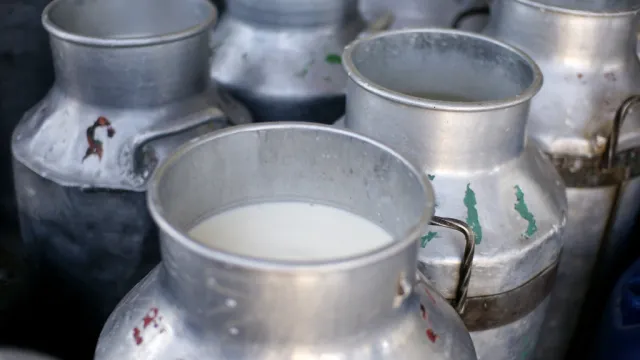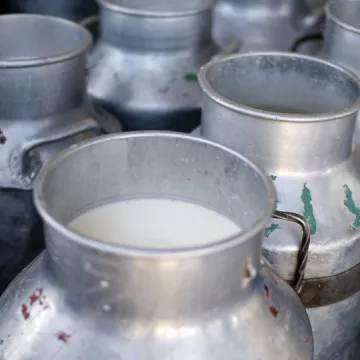Kenya’s milk consumption rises 33.5 percent in four years

Data from KNBS Leading Economic Indicators November report shows that milk consumption in the formal sector increased by 33.5 percent or 186.25 million litres to 742.2 million litres last year from555.95 million litres in 2020.
The consumption of milk in Kenya between 2020 to 2024 increased by 35.5 percent, handing farmers a steady rise in earnings, official government statistics show.
Data from KNBS Leading Economic Indicators November report shows that milk consumption in the formal sector increased by 33.5 percent or 186.25 million litres to 742.2 million litres last year from555.95 million litres in 2020.
Notably, the highest increase in uptake happened between 2023 and 2024, where the intake went up by 85.66 million litres, reflecting a 13 percent uptick.
According to the United States Department of Agriculture report, Overview of the Kenya Dairy Industry, the industry is considered one of the most developed in East Africa, contributing significantly to the country's agricultural GDP. Kenya’s dairy sector is arguably the second largest milk and milk products industry in Africa based on herd size.
However, the industry still grapples with challenges such as a fragmented market and a largely informal systems where only a small percentage of the produce is processed.
“The Kenyan dairy sector has formal and informal segments, with the informal segment accounting for about 80 percent of all milk sold. The formal sector is defined as the segment consisting of regulated entities that handle the collection, processing, and distribution of milk through licensed channels, ensuring compliance with safety and quality standards set by the Kenya Dairy Board (KDB),” reads part of the report.
The informal sector refers to the segment that operates outside of regulations, generally selling raw milk or consuming milk on-farm.
Economic Survey 2024 shows that milk ranks as Kenya’s fourth most valuable agricultural commodity after tea, horticulture, and cattle sales, supporting the livelihoods of over two million small scale rural dairy farmers.
ABS Global
Livestock Principal Secretary Jonathan Mueke recently revealed that the government plans to increase milk production. "In an effort to continue increasing milk production nationally, the State Department for Livestock is exploring advanced semen sexing technology, which, when used, will ensure dairy cows have a 90 percent probability of giving birth to a heifer, thus ensuring continuous growth of the dairy herd," PS Mueke stated last week.
He made the announcement after a meeting with officials from ABS Global, an American breeding company to discuss potential partnerships. "I met with a team from ABS Global, a world leader in bovine genetics, to explore a partnership that will enable us to deliver sexed semen to our dairy farmers at a highly subsidized cost," he said.
Sexed semen in cattle is a type of technology where semen produced by a bull is processed in a lab to remove as many Y chromosomes as possible. At ABS Global, the process is carried out using a laser. Their removal increases the chances of a cow conceiving a heifer calf instead of a bull calf.
"When processing semen, the ‘X’ and ‘Y’ chromosomes are separated by determining their size or DNA content. A laser is used to reduce the percentage of ‘Y’ chromosomes present in the batch of semen. It is possible that some male chromosomes will remain, but the chances will be much slimmer after being processed," an explainer on the ABS website states.





